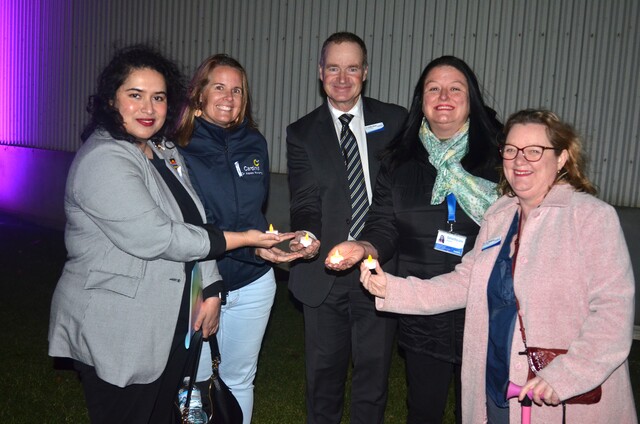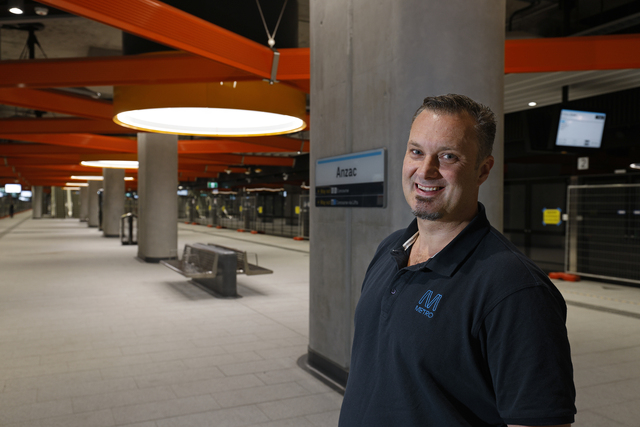Greater Dandenong Council is looming as the ‘casting vote’ for a joint-council proposal for a waste-to-energy plant in the South East.
Mornington Peninsula Shire is the latest council to refuse to sign up to a pre-tender contract with South East Metropolitan Advanced Waste Processing (SEMAWP) Pty Ltd.
The contract commits the member councils to supply a “minimum tonnage” of waste for 25 years to a waste to energy plant at an “unconfirmed” location.
In a unanimous decision on 17 March, Mornington Peninsula councillors deferred a decision, citing “substantial risks” to ratepayers.
They resolved to enquire why the State Government was not underwriting the “regionally significant waste project”.
Mayor Anthony Marsh said signing up would have been “reckless”.
“As a regionally significant waste project, we expect the State Government to address the substantial risks to ratepayers and provide legislative certainty for the future of alternative waste.
“A commitment to the current procurement process would have exposed the Mornington Peninsula Shire and its ratepayers to unacceptable financial risk and would have been reckless.”
Cr Marsh called for the SEMAWP to delay the process to allow time for “critical information and a thorough assessment of the risks to councils”.
Greater Dandenong Council is the last of 16 original member councils to vote on whether to sign up. It is expected to decide on 28 March.
Only seven of the 16 councils have so far committed – Bayside, Cardinia, Casey, Kingston, Knox, Whitehorse and Yarra Ranges.
A majority was needed for the project’s viability, according to a recent Glen Eira Report.
At least six councils have pulled out, not including Mornington Peninsula. Frankston Council has yet to announce its decision in closed-council on 15 March.
Greater Dandenong mayor Jim Memeti recently told Star Journal that the council exodus was “very concerning”.
It could hurt the project’s viability and increase costs borne by the remaining councils, he said.
He was also seeking assurances that the plant would not be located in Greater Dandenong, and that the proposed gate fee would be reduced.
Cr Memeti was also concerned about locking the council into a 25-year contract when better technologies may surface in the next 5-10 years.
SEMAWP interim chair Mick Cummins – also chief executive of Bayside Council – recently told Star News that the procurement was based on volumes of household rubbish rather than the number of councils.
The committed waste tonnages would help inform the design of an appropriately sized facility.
“This is a complex multi-stage procurement, and we anticipated some councils would not proceed through to award the tender.
“Councils have been given the opportunity to consider their involvement at each stage and SEMAWP Pty Ltd respects the decision of councils who have chosen to opt out of the procurement.”
The waste-to-energy plant is proposed as the solution to a looming landfill shortage for councils in the East and South East.
Hallam landfill has an expiry date of between five and eight years, according to Greater Dandenong Council.
There are no plans to build further landfills in the South East.
The plant’s location has yet to be “confirmed”, according to the SEMAWP.
Last year, a permit was controversially granted by EPA and VCAT to Great Southern Waste Technologies for a waste-to-energy plant in Ordish Road, Dandenong South.
Greater Dandenong Council was opposed to the facility.
However, GCWT did not make the shortlist of tenderers for the SEMAWPP.
The shortlisted applicants are Veolia Environmental Services Australia Pty Ltd, Sacyr Environment Australia and a consortium of Pacific Partnerships and REMONDIS Australia.







